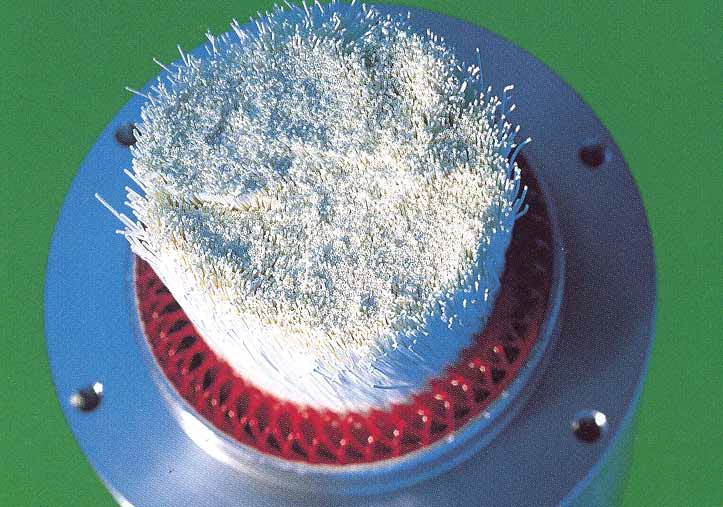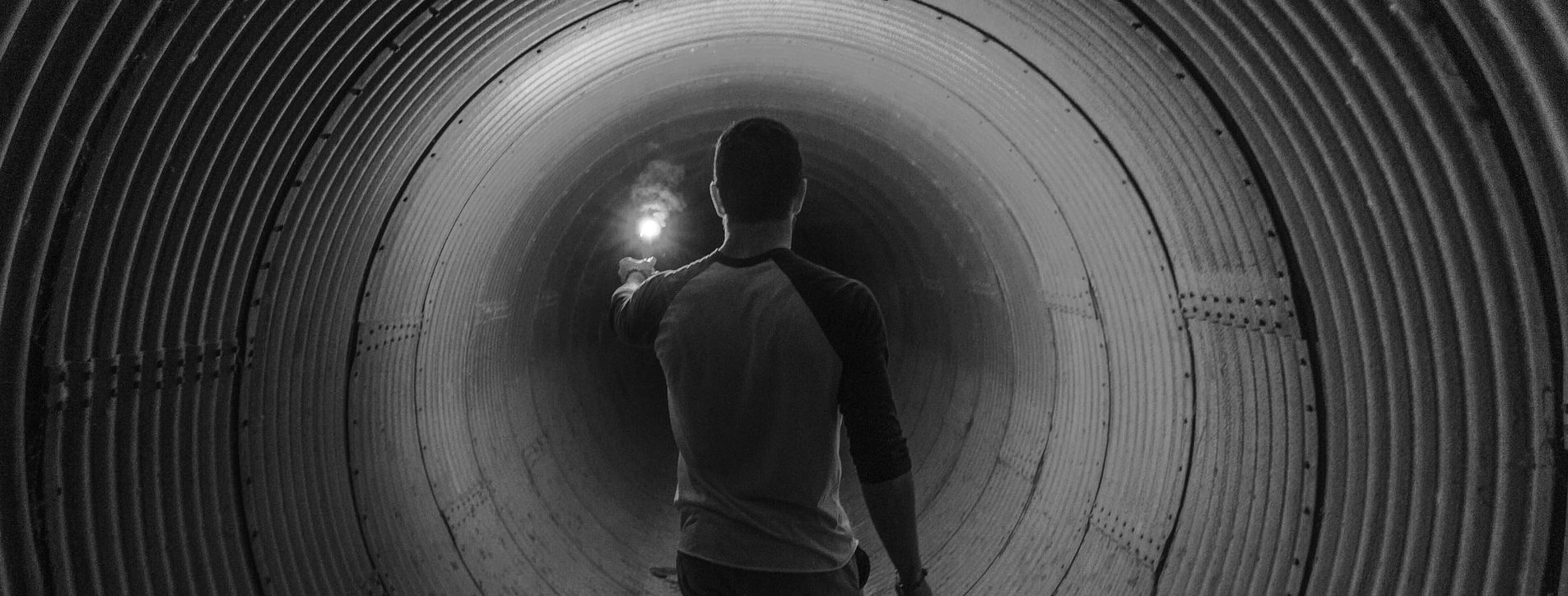It is a publication of the United States of America, Pennsylvania whose editorial goal is to help managers with energy responsibilities to achieve savings in energy consumption industrial activities.
Editorial content strategy of the magazine is to provide ideas and information from diverse industries, case studies provided by the auditors and energy managers.
The presented projects are focused on manufacturing industries and are based on the principle of “win/win”: case studies are sources of information for potential savings and profits for companies interested in applying these recommendations, considering at the same time the impact of these measures on the surrounding environment.
The energy area is defined as any area that is consuming compressed air and the covered technologies are varied: air compressors, compressed air and nitrogen treatment systems, compressor controllers, instrumentation, pneumatic, vacuum, cooling systems.
Presented projects cover significant energy consumption industries where implemented savings programs influence the efficiency of the process and operational profit: food, automotive, plastic injection, pharmaceutical, metallurgy, medical, oil and gas, and others.
Energy costs associated with nitrogen specifications shows aspects to consider when using nitrogen in the industrial process.
Conclusions briefly presented below are essential in the evaluation of nitrogen:
- on-site nitrogen generation is an effective alternative in terms of cost as againsed the liquid nitrogen or the one delivered in bottles: return on investment is usually between six months and two years, depending on the specific application;
- nitrogen production technologies vary from the production through fractional air distillation to non-cryogenic methods – permeable membrane and PSA technology – both are using compressed air and are sources of energy savings;
- nitrogen purity – the higher the purity is, the greater will be the volume of air used to obtain this purity. Although users generally require as higher purity as possible, in most cases, the needed purity of the application is lower and energy costs are significantly influenced;
- air-nitrogen weight should be considered in any application dimensioning: how much air is needed to produce nitrogen required by the application? Where does it come from this necessary additional compressed air? How can be more efficient the storage, distribution and consumption of compressed air for an integrated solution to generate energy savings?









